monday.com vs Trello: Core features comparison
Turning chaos into order isn’t easy, especially when you’re dealing with complex projects, long to-do lists, and constantly evolving teams. However, when you’ve got the right project management software on your side, it all gets less stressful. The right tool can help you streamline workflows, improve collaboration, and ensure you meet deadlines and stay within budget.
Two of the most popular project management tools are Trello and monday.com — and with good reason.
These solutions boast high user ratings, with Trello receiving 4.4/5 stars and monday.com receiving 4.7/5 stars. Both tools can be used by individuals, small teams, and large organizations to oversee all types of projects, everything from posting a simple blog post to managing an enterprise-wide IT upgrade. They both offer a bird’s-eye view of every project in addition to minute-by-minute control over the inner workings of each task.
Which tool should you use? Whether you’re managing small tasks or overseeing complex operations, here you’ll find helpful insights that you can use to determine whether Trello or monday.com is right for you. We’ll look at the core differences of these two platforms, in addition to their features and pricing. Plus, we’ll introduce you to a third option: Jotform Boards — an excellent alternative to both Trello and monday.com.
Trello vs monday.com: Overview and key differences
Trello is a productivity-enhancing tool that helps individuals and teams accomplish more in less time. It captures tasks from various sources, like email, Slack, and other tools, and consolidates them into a comprehensive to-do list. It also has a planning feature you can use to schedule each task in your calendar.
Monday.com is another project management platform with similar organizational and time-saving capabilities. It comes with an extensive feature set that lets you connect day-to-day activities to larger business goals. You can oversee project tasks, automate complex workflows, optimize project dependencies, allocate resources, manage workloads, and more — all in one place.
Complexity
As far as project management solutions go, Trello is on the simple side — but that’s not a bad thing.
In fact, Trello’s simplicity is a major advantage. Users can typically get started using Trello without any training because of its straightforward approach and intuitive navigation. Even if you’re new to project management tools, you’ll learn how to use Trello in no time.
On the other hand, monday.com is a far more robust solution compared to Trello. It comes with comprehensive features for managing projects and goes beyond simple task management, from capacity planning to time tracking and budgeting. Because monday.com’s offerings are vast, it will likely require more training to master.
Key features
Monday.com and Trello’s features differ somewhat.
Trello’s three key features are the Inbox, Boards, and Planner. You can capture tasks from your inbox, send them to your task board, and schedule them in your calendar. You can also assign tasks, add team members to projects, attach files to tasks, and add comments to tasks. It covers all the basics of task management.
Monday.com is a work management system, so it goes beyond project management to include additional features like capacity planning.
With it, you can see which team members have room to take on additional tasks and which ones are close to burning out. It also includes a collaborative digital whiteboard where you and your team can draw, brainstorm, and plan. Monday.com’s comprehensive feature set includes multiple views of your project board to help you visualize the project in whichever way is most helpful for your organization. (See more on features below.)
Scalability
Your project management software should grow with your organization. As your business evolves, your teams and projects become more complex.
Trello and monday.com both offer plans for individuals, small teams, large teams, and enterprise organizations, so either platform can evolve with your organization as you scale.
However, it’s important to consider that Trello offers fairly simple features and tools that work well for task and project management, while monday.com offers a more comprehensive project management toolkit. As organizations grow, many look for solutions that can handle multiple functions. This is why monday.com may be better suited for large and enterprise organizations compared to Trello.
monday.com vs Trello: Core features comparison
For many organizations, the most relevant monday.com vs Trello comparison comes down to the platforms’ core features. Take a look at how the two solutions stack up in terms of the important aspects of project management.
Task management boards (and other visualizations)
Kanban-style boards that help visualize projects and associated tasks are essential for many organizations.
In Trello, the kanban board is a cornerstone of the product. Its drag-and-drop functionality makes it very easy to use. Organizations can set up a board for each project and create lists within the board for specific types of tasks, with a card for each task. In Trello, the board view is the default, but you can see your project in other views — like timeline and calendar — if you upgrade to the Premium paid plan.
Monday.com also offers a kanban board to visualize and organize your project similar to Trello. You can customize the board, with columns, lists, and tasks.
Its paid plans give you the option to view the project in several different ways, including as a table, chart, Gantt chart, calendar, timeline, and other formats. This helps with managing a variety of aspects across multiple projects, saving you time and boosting organization.
Templates
It’s often easier to use a project management template than start from scratch, which is why Trello and monday.com offer easily customizable templates.
Trello has a template gallery where users can turn their public boards into templates anyone can use. Templates range from intricate project management boards to simple lists, with a little bit of everything in between. There are 19 project management templates available with Trello.
Monday.com also offers several templates organized by function or use case, with four templates specific to project management. As with all projects in monday.com, you can use the templates in different views, customize columns and lists, and automate routine workflows.
Workflow automation
Workflow automations minimize human error, reduce project delays, and keep tasks on track.
Trello’s workflow automation tool, Butler Automation, is easy to set up. You can use it to set up rules to run an action when it is triggered,and run commands in relation to due dates and at set intervals, among other helpful options.
For example, you can create an automation that moves cards labelled “urgent” to the top of the task list.
Monday.com also has automations available in monday.com Workflows, a feature that helps you visualize the flow of your automations. You can set up automations across boards and workspaces, and manage them all in the workflow center. Simply drag and drop triggers, conditions, and actions to set up complex and multitiered workflows.
Integrations
Having the right native and third-party integrations means you can seamlessly share data across tools, teams, and departments.
Trello integrates with many analytics and reporting, communication, HR, IT, development, and other business tools. One standout aspect of Trello is its Power-Ups.
Unlike regular integrations, Power-Ups offer a tighter link between Trello and other platforms (think Google Drive, Slack, Salesforce, and so on) that creates a better user experience. Some Power-Ups add more features to Trello, like the ability to import CSV and Excel files or create voting polls. Trello has over 300 Power-Ups, many of which are available at no cost.
Monday.com offers over 200 integrations with communication, email, marketing, and other types of business tools. While it doesn’t have Power-Ups, monday.com Marketplace has hundreds of third-party integrations you can use to link to other solutions and apps, expanding monday.com’s capabilities.
Dashboards
A comprehensive dashboard is integral to having a bird’s-eye view of projects and ensuring things run smoothly.
Trello’s dashboard view is a reporting tool that lets you visualize your team’s progress and gather insights into their workload. You can also build reports on specific data sets for a certain part of a project and create charts to visualize that data.
Monday.com offers advanced dashboards providing high-level visibility, so you can make data-driven decisions about your projects. These dashboards are not just alternative views of your project — they are high-level overviews of key metrics with basic and advanced reporting. You can build the dashboard you want with no-code tools and helpful widgets, which means you can capture the data that matters most to your business.
Pricing and plans: Trello vs monday.com
In a perfect world, you’d be able to invest however much you need to in your project management software. In reality, you’re probably constrained by a budget. To get the best value for your money, consider what Trello and monday.com offer in each plan..
Trello plans and pricing
Trello offers a free forever plan plus three paid plans: Standard for $5 per user per month, Premium for $10 per user per month, and Enterprise for $17.50 per user per month (estimated cost for 50 users).
Trello’s free plan stands out as a generous one. It gives you great tools and features, such as unlimited cards, 10 boards per Workspace, inbox capture of tasks, unlimited Power-Ups per board, unlimited storage, 250 Workspace command runs per month, and more. It also allows 10 collaborators per Workspace. This package is ideal for individuals, solopreneurs, and small businesses.
If you want access to Trello’s Planner, unlimited boards, custom fields, and advanced checklists, among other advanced features, you’ll have to upgrade to the Standard plan. The Premium plan is where you get access to different views and Atlassian AI. Enterprise customers get even more features such as unlimited Workspaces and multiboard guests..
Trello’s pricing plans are affordable for many business sizes because most of the key features are in the free and lower-tier plans.
monday.com plans and pricing
Monday.com offers a free forever plan, along with four paid pricing tiers: Basic for $13 per seat per month, Standard for $17 per seat per month, Pro for $26 per seat per month, and a custom Enterprise plan.
Monday.com’s free plan is best for individuals or very small businesses, as it limits access to two seats. It allows three boards, unlimited documents, 200-plus templates, eight column types, and mobile apps.
The Basic plan offers users access to unlimited free viewers, unlimited items, and one dashboard per month. In its Standard plan, monday.com offers additional views, guest access, integrations, and more. The Pro plan opens you up to features such as private boards, time tracking, automations, and a dashboard that combines 20 boards into one. Enterprise customers receive enterprise-grade automations and integrations, multi-level permissions, enterprise support, and more. Monday.com also has a new AI offering, which you can gain access to with credits in the paid plans.
Monday.com’s plans are pricier, but they come with more advanced project management features. However, its free plan is not as generous as Trello’s, which may put the platform out of reach for some individuals and small businesses.
Jotform Boards: An excellent alternative to Trello and monday.com
While Trello and monday.com are popular project management and task management software solutions, they may not be right for your needs based on their features or pricing.
If that’s the case, take a look at Jotform Boards. This platform features a kanban-style board with drag-and-drop functionality, making it easy to organize tasks visually and meet your deadlines.
Here’s why Jotform Boards is a great choice:
- Easy to use: Create a new kanban board in Jotform Boards from scratch, or use one of its 1,000-plus templates. You can customize the board to meet your business requirements, edit board groups to align with workflow steps, adjust task layouts, and add or remove fields, among other capabilities. You can also tailor the board’s background theme to match your company branding.
- Effective task and project management: Keep all your project tasks organized so nothing falls through the cracks. You can search and filter tasks by key task fields, such as Priority, Tags, Due Date, and Description.
- Multiple sources of tasks: Automatically create tasks in your project board from different sources, such as forms, AI agent conversations, order forms, electronic signatures, and workflows. This way, no task gets left behind.
- Deep collaboration: Work seamlessly with your team by sharing boards with the right people. Assign tasks to team members and add comments to tasks for better team communication. See all changes by all users in the detailed Activity Log.
- Mobile responsiveness: Use Jotform Boards on the go from your mobile phone, and track and manage projects seamlessly wherever you are. The powerful workspace helps you optimize task management even when you’re not at your desk.
- Hundreds of integrations: Jotform integrates with many popular business tools, such as customer relationship management software, communication tools, data storage tools, and project management solutions. In fact, Jotform has integrations with both monday.com and Trello for those who want to use the solutions together.
- Massive ecosystem of products: Jotform Boards is part of the Jotform ecosystem, which includes tools for online forms, electronic signatures, online payments, app builders, report builders, and so much more. Jotform takes you well beyond task management and project management.
If Trello or monday.com don’t meet your needs, give Jotform Boards a try. Best of all, you can create unlimited boards for free. See how easy it is to set up your tasks in Jotform Boards and take control of your projects today.
This article is for project managers, team leads, business owners, and anyone comparing Trello and monday.com to find the right project management tool for organizing tasks, streamlining workflows, and improving collaboration.
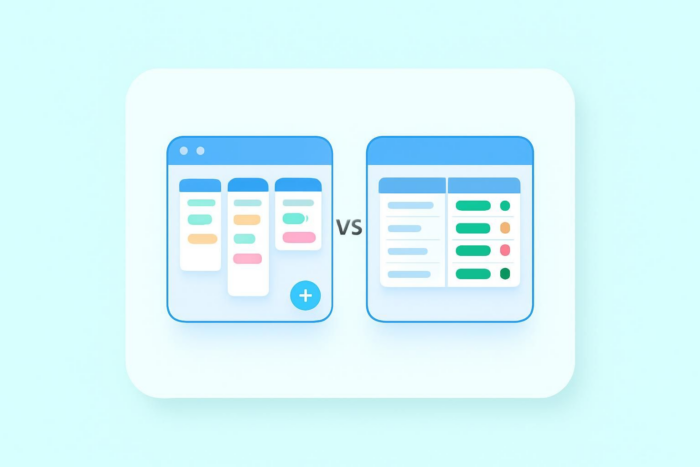
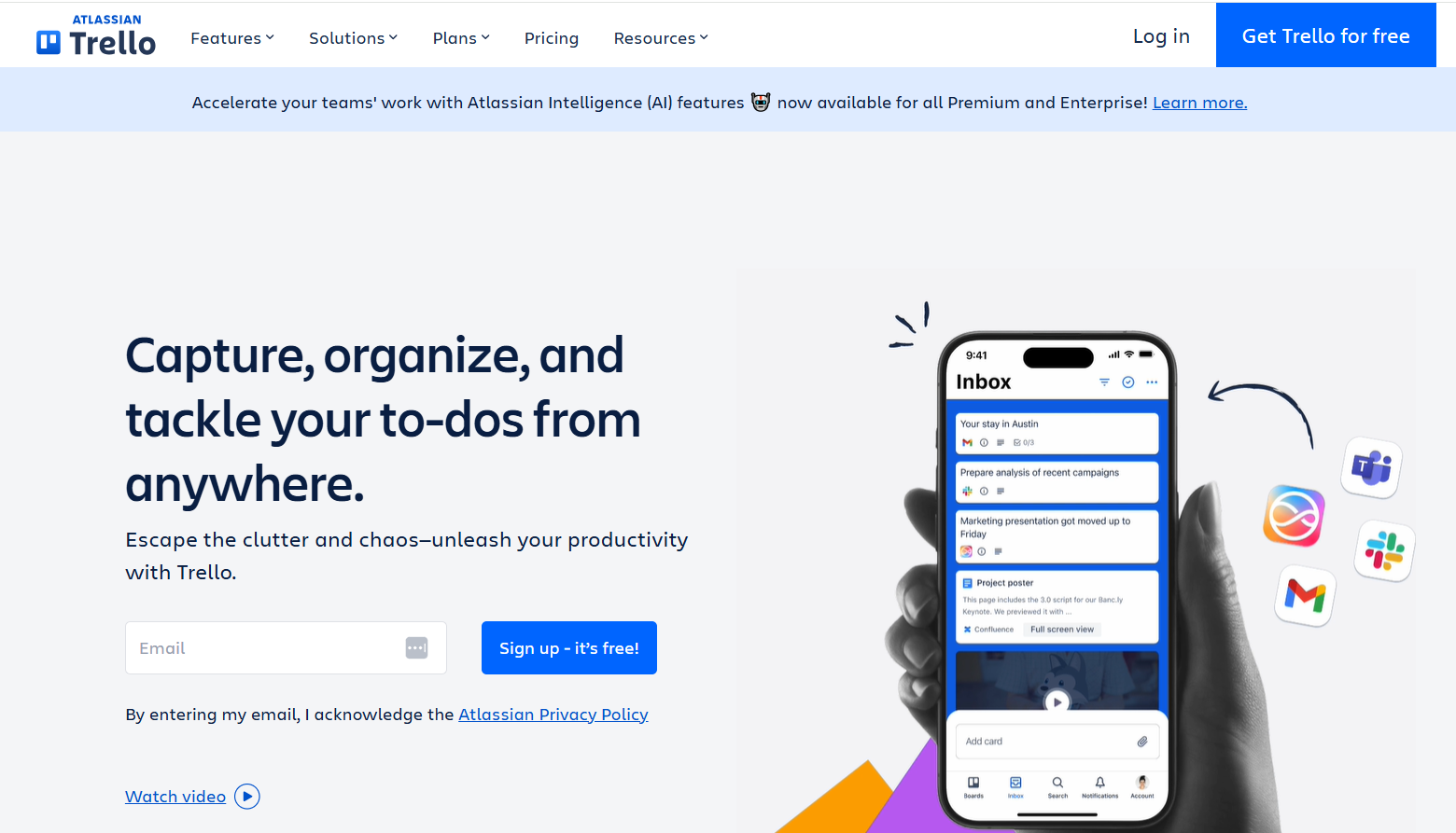
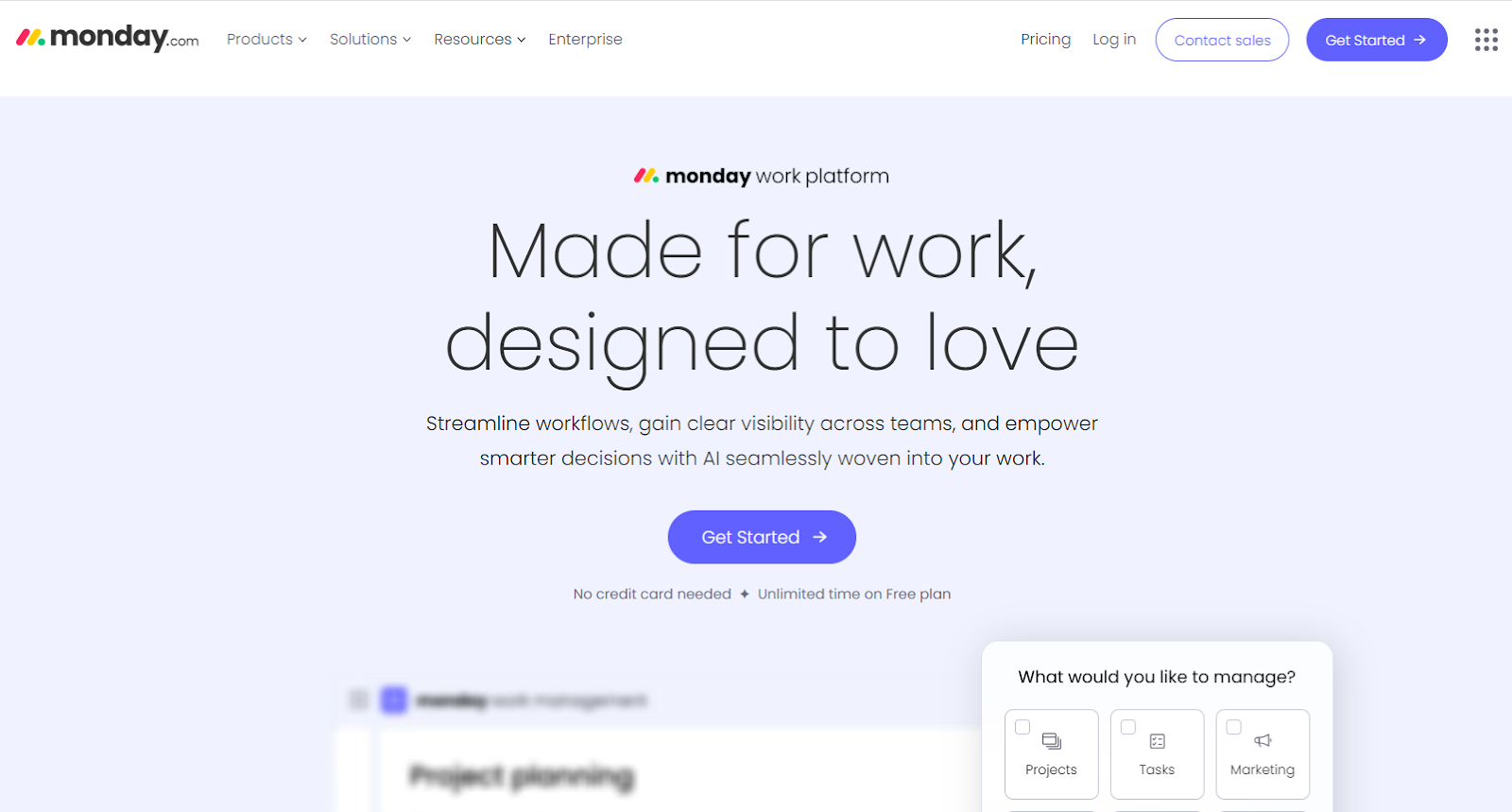
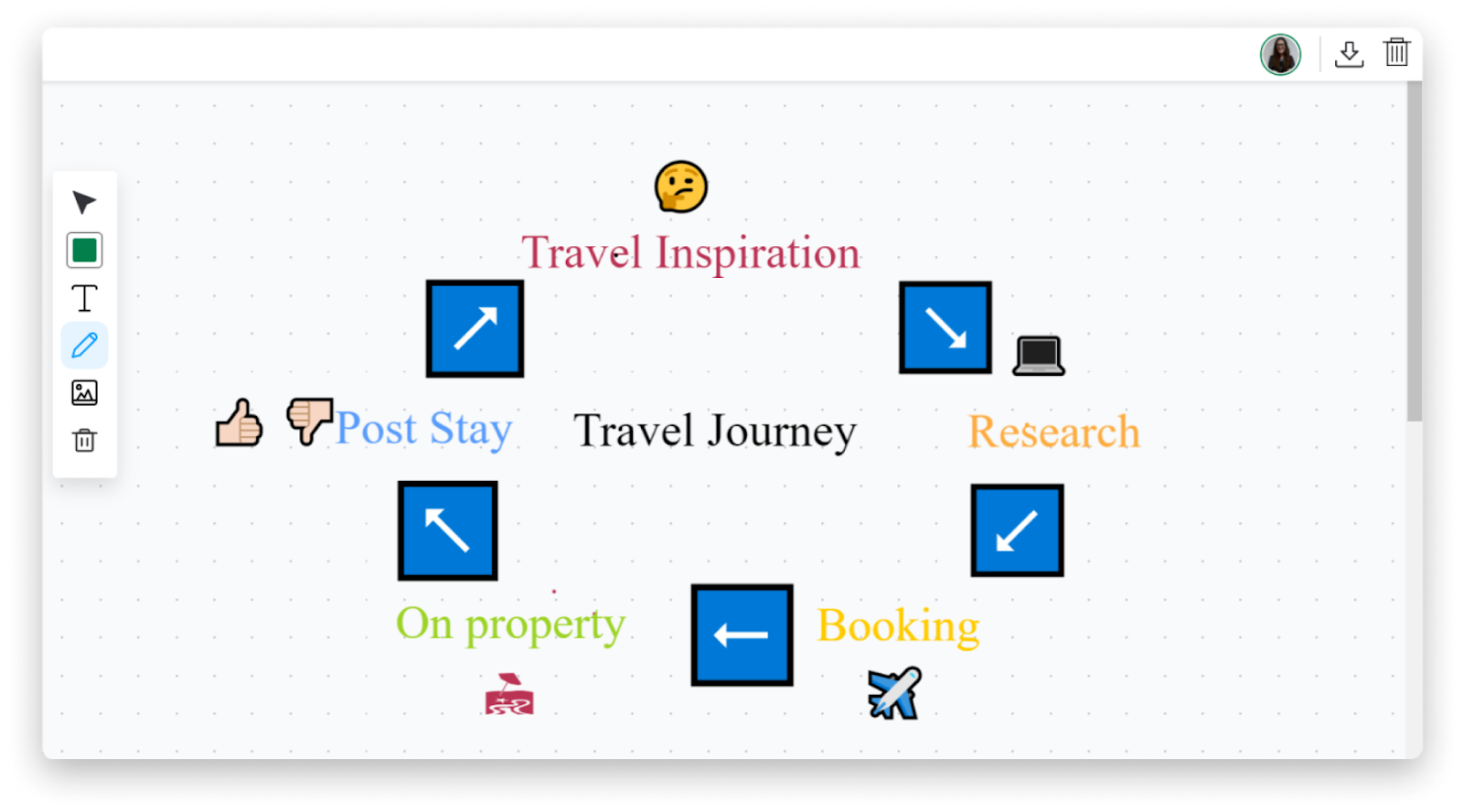

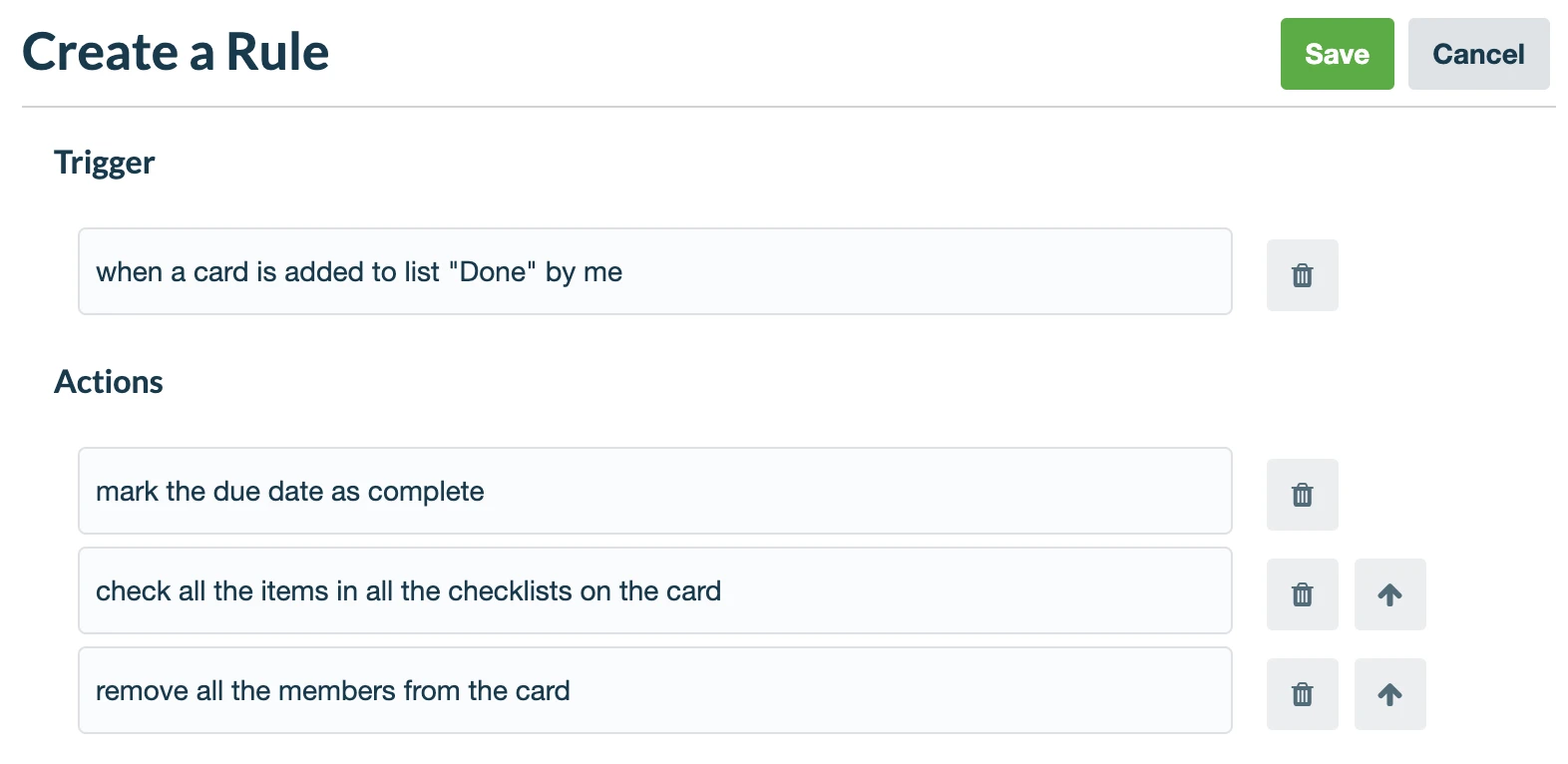
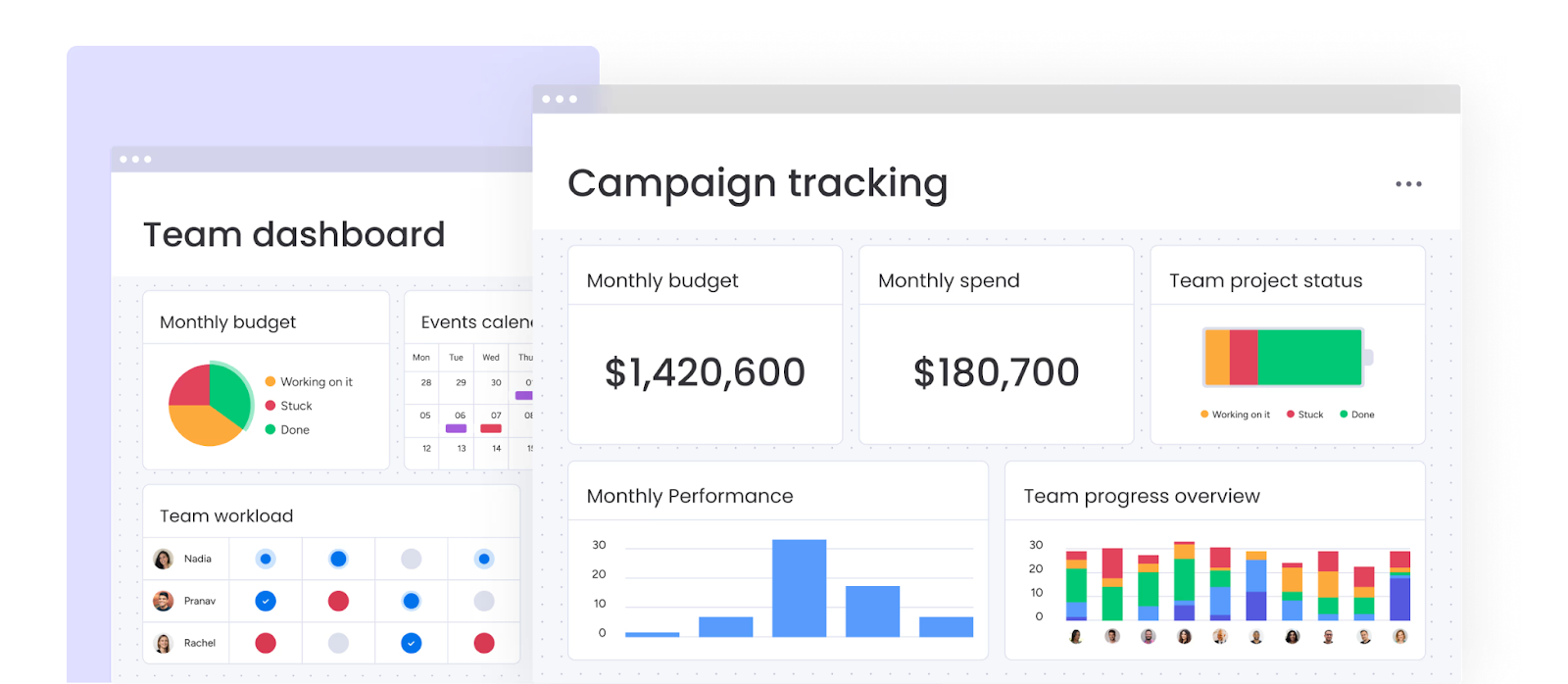




















Send Comment: